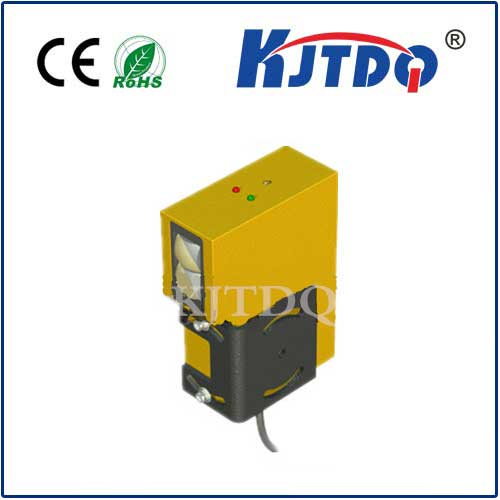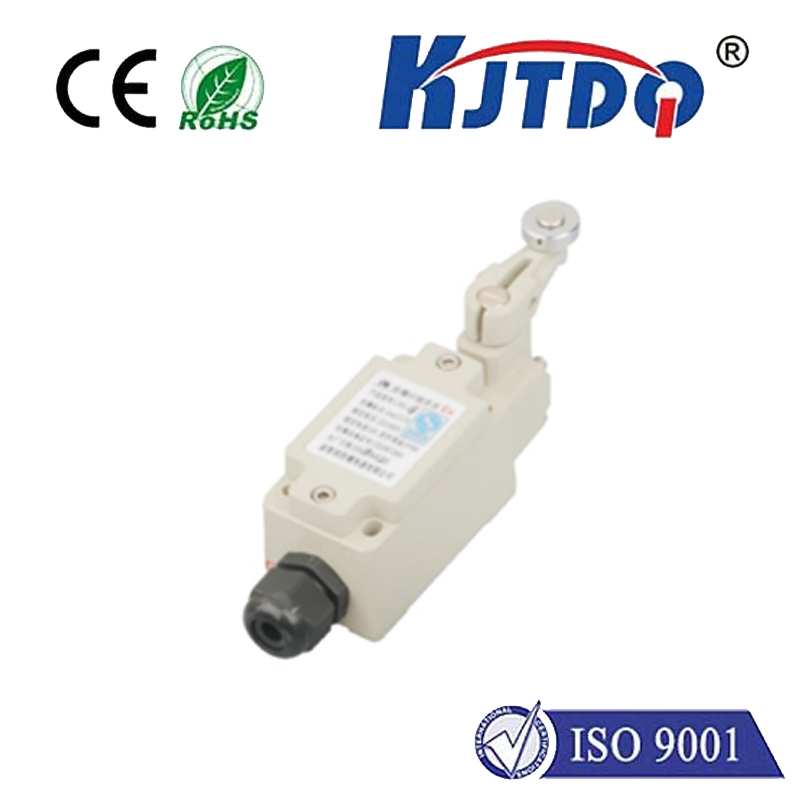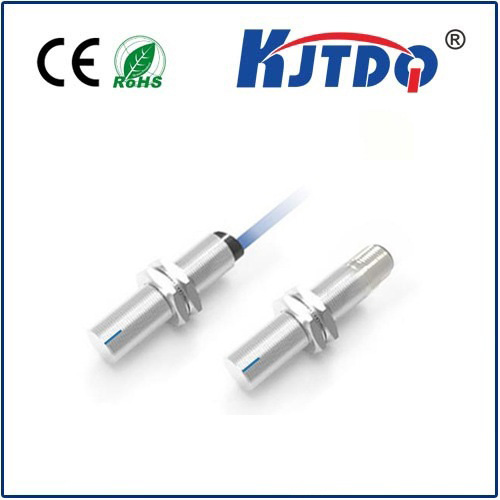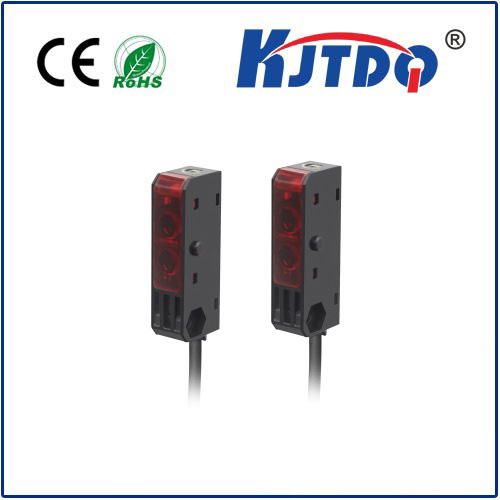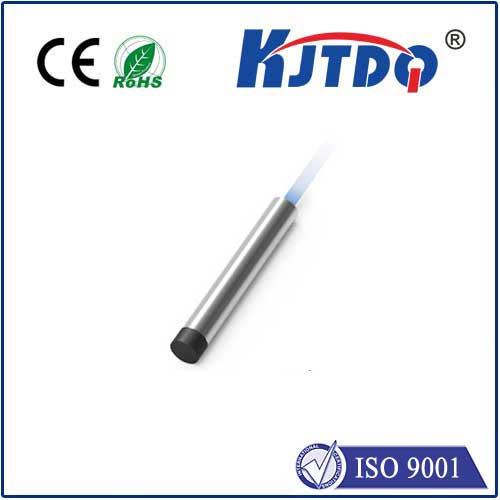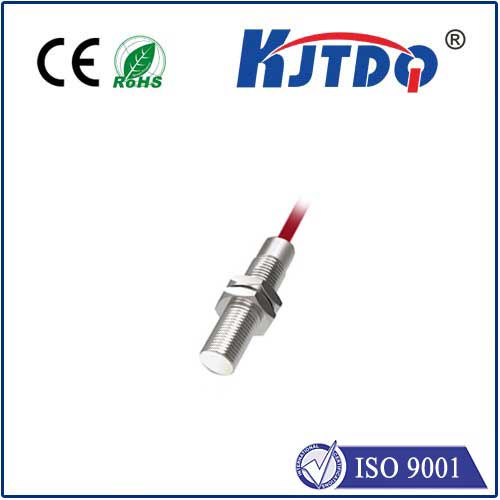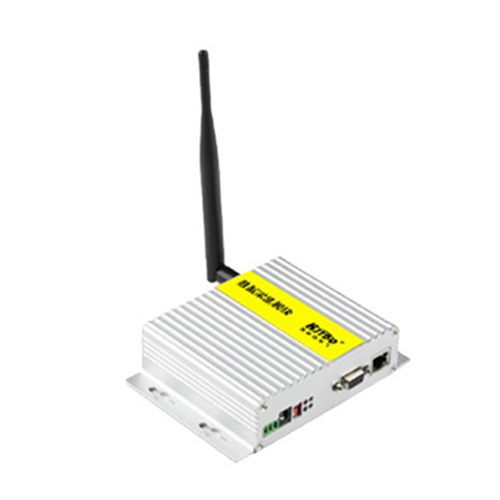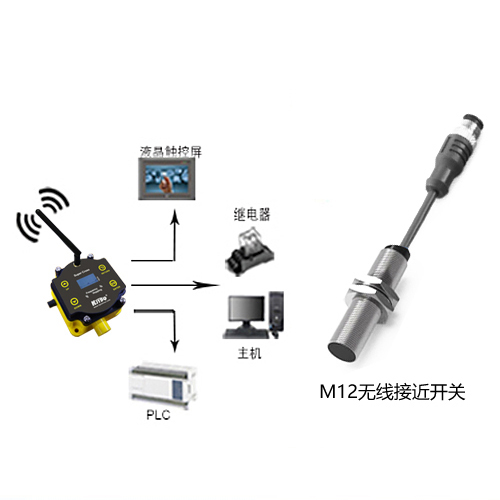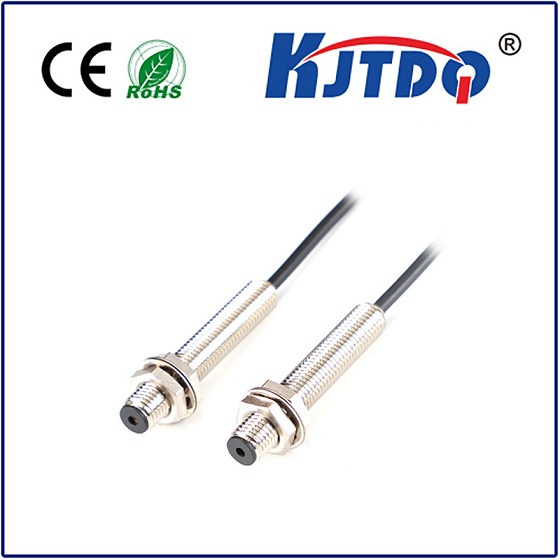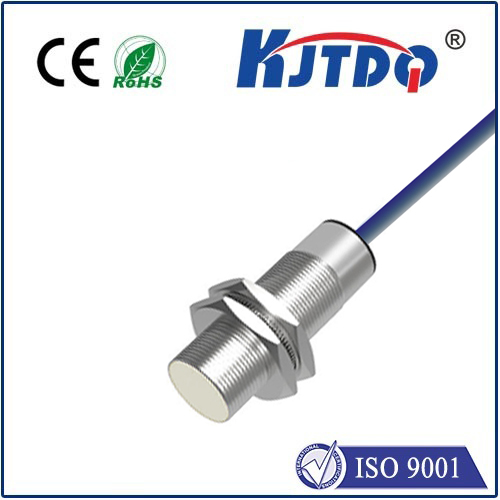конденсаторный датчик приближения PNP
- time:2025-07-14 15:33:05
- Нажмите:0
PNP Capacitive Proximity Sensors: Non-Contact Detection Beyond Metals
Imagine needing to detect a plastic bottle on a high-speed conveyor, monitor the fill level inside an opaque tank, or ensure a cardboard box is correctly positioned – all without physical touch. This is precisely where PNP Capacitive Proximity Sensors shine, offering versatile and reliable non-contact detection where traditional inductive sensors fall short. Forget the limitations of metal-only sensing; capacitive technology opens doors to a wider world of materials and applications.
Unlocking Detection Through Capacitance
At the heart of these sensors lies a simple yet powerful physical principle: capacitance. Picture the sensor’s face as one plate of an invisible capacitor. When any object (the target) enters its sensing field, it acts as the second plate. The space between them (the dielectric) completes this capacitive circuit. The key is that different materials alter the capacitance value in distinct ways. Materials with higher dielectric constants (like water, plastics, wood, or grain) cause a more significant change in capacitance compared to air.
The sensor’s internal oscillator generates a high-frequency electromagnetic field emanating from the active surface. When a target object enters this field, it disturbs the capacitance, causing a measurable change in the oscillator’s amplitude or frequency. Sophisticated circuitry within the sensor detects this shift and triggers the output accordingly.
Why PNP? Understanding the Output Stage
The “PNP” designation is crucial and refers to the type of output transistor used in the sensor’s switching circuit. Here’s the breakdown:
- PNP Transistor Output: Think of it as a sourcing output. When the sensor detects a target (active state), the internal PNP transistor sources positive voltage (+V) to the output line. Essentially, it provides the positive supply voltage to the load device (like a PLC input, relay, or indicator lamp).
- Wiring: The load is connected between the sensor’s output wire (brown) and ground (blue). When active, the sensor sources current from the positive supply through the load to ground. The black wire is the output signal.
- Dominance: PNP sensors are overwhelmingly the standard in most industrial regions globally, particularly where Programmable Logic Controllers (PLCs) are common, as PLC digital inputs are typically designed to accept this sourcing signal.
*(Contrast: NPN sensors are sinking outputs, common in some regions, where the output connects the load to ground when active.)*
Key Advantages of PNP Capacitive Proximity Sensors
Their unique operating principle grants them distinct benefits:
- Material Agnosticism: This is their superpower. Unlike inductive sensors that only detect metals, capacitive sensors detect virtually any material, solid or liquid, provided it has a dielectric constant sufficiently different from air. Plastics, glass, wood, paper, liquids, powders, grains, oils – they’re all fair game.
- Non-Metallic Container Penetration: Need to sense liquid levels inside plastic or glass tanks? Capacitive sensors can often detect the substance through thin non-metallic container walls, solving tricky level monitoring problems without direct contact or invasive probes.
- Adjustable Sensitivity: Most models feature a potentiometer to fine-tune the sensing range. This is vital for optimizing detection of specific materials (especially low-dielectric targets like thin plastics) and mitigating false triggers from background objects or changes in environmental conditions (like humidity).
- Non-Contact Operation: Eliminates physical wear and tear on both the sensor and the target, ensuring long operational life and gentle handling of delicate objects.
- Solid-State Reliability: With no moving parts, these sensors offer robust performance in demanding industrial environments (though environmental factors can influence sensing distance).
Critical Specifications to Consider
Selecting the right sensor involves understanding key parameters:
- Sensing Range (Sn): The nominal distance at which a standard target (usually metal) is detected. Actual range depends heavily on the target material’s size and dielectric constant. Always consult datasheets for correction factors for non-metallic targets.
- Output Type: PNP (sourcing), as discussed. Also specify Normally Open (NO) or Normally Closed (NC) switching behavior.
- Supply Voltage: Typically ranges from 10-30V DC, compatible with standard industrial control voltages.
- Output Current Rating: The maximum current the PNP output can safely source to the load (e.g., 100mA, 200mA).
- Housing Material & Style: Cylindrical (M8, M12, M18, M30) or rectangular blocks. Materials include stainless steel, nickel-plated brass, or PBT plastic. Choice depends on physical constraints and the chemical environment.
- Ingress Protection (IP Rating): Crucial for washdown areas, dusty conditions, or outdoor use. IP67 is common for robust industrial use, meaning dust-tight and protected against temporary immersion. IP68/69K offers even higher protection.
- Switching Frequency: How fast the sensor can reliably detect objects passing by (e.g., 50Hz, 100Hz). Critical for high-speed applications.
- Temperature Range: Must suit the operating environment.
Best Practices for Installation and Use
To maximize performance and reliability:
- Mind the Surroundings: Mount sensors securely, ensuring the sensing field is directed towards the target path. Beware of grounding metals or large objects near the sides or rear of the sensor, which can reduce the effective sensing range.
- Fine-Tune Sensitivity: Always adjust the sensitivity potentiometer during setup. Start at minimum sensitivity and slowly increase it until the desired target is reliably detected, while ensuring background objects or container walls don’t cause false triggers.
- Consider Target Properties: Remember that the sensing range for low-dielectric materials (like dry wood or thin plastic film) will be significantly shorter than for metals or water. Factor this into your mounting position.
- Environmental Factors: Humidity, temperature fluctuations, dust accumulation, and especially conductive dust or contamination on the sensor face can impact performance. Choose appropriate IP ratings and plan for maintenance cleaning if necessary. Strong airflows can sometimes affect stability.
- Wiring: Ensure correct polarity (Brown = +V, Blue = 0V/GND, Black = PNP Output). Use shielded cables in electrically noisy environments and ground the shield properly.
Where PNP Capacitive Sensors Excel (Real-World Applications)
Their unique ability to detect non-metallics makes them indispensable in countless industries:
- Packaging & Material Handling: Detecting plastic bottles, cardboard boxes, foam inserts, bags of chips on conveyors. Monitoring film presence or breaks.
- Food & Beverage: Level detection of liquids (milk, juice, oil), granulates (sugar, grain, coffee beans), or powders inside plastic, glass, or stainless steel containers (leveraging penetration). Checking bottle fill levels or cap presence.
- Pharmaceutical & Chemical: Monitoring levels of chemicals in plastic drums or IBCs, detecting plastic vials, verifying tablet/capsule counts in blister packs.
- Wood & Paper Processing: Sensing logs, lumber stacks, paper reels, cardboard stacks.
- Liquid Handling: Controlling pumps based on tank levels, leak detection under machinery.
- General Automation: End-of-stroke detection for plastic parts, presence verification of non-metallic components in assembly jigs, object counting.
Troubleshooting Tip: If a sensor seems erratic, first check for contamination on the face. Then, verify power and wiring. Finally, re-adjust the sensitivity, as environmental
